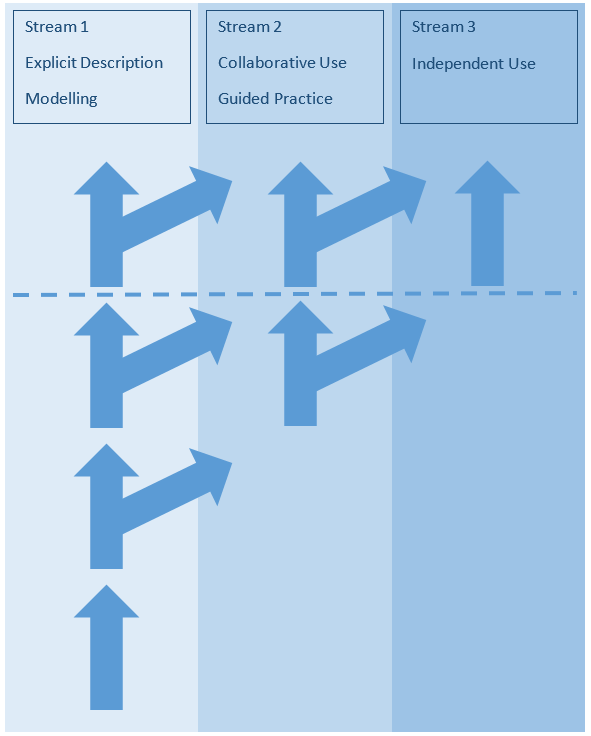Read my latest article for Teach Primary Magazine for free online, pages 50 and 51:
https://aplimages.s3.amazonaws.com/_tp/2020/0515-NewIssue/TP-14.4.pdf?utm_source=TPNewsletter&utm_medium=20200515&utm_campaign=Issue11
"Imagine a way of working that was not only more responsive to children’s needs, but was also better for teacher wellbeing. If there was such a way, surely we’d all want to be doing it? I’d like to suggest it is possible; that by planning learning sequences and designing lessons flexibly we can provide for individual needs without it being a huge burden on our time and energy.
In order to ensure that our planning and teaching doesn’t impact negatively on our wellbeing, we have to find an efficient way to work. And in order for something to be efficient, it usually needs to be simple. However, teaching can often be overcomplicated by myriad solutions for how to engage children, manage behaviour, include technology, make links to other subjects, and so on."
If you would like Aidan to work with you on developing pedagogy at your school, please visit his website at https://www.aidansevers.com/services and get in touch via the contact details that can be found there.




